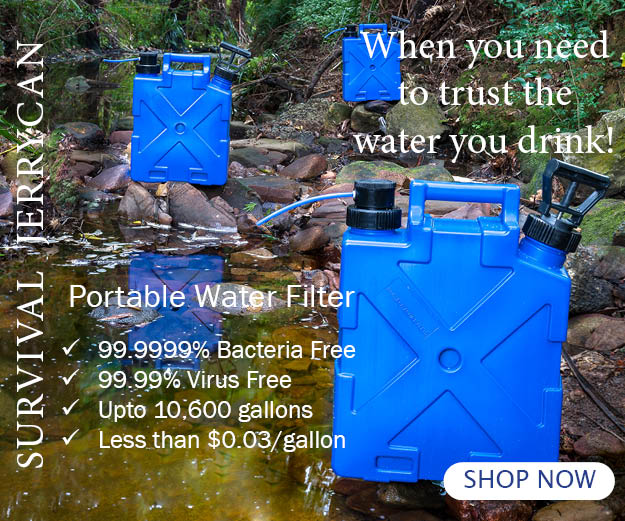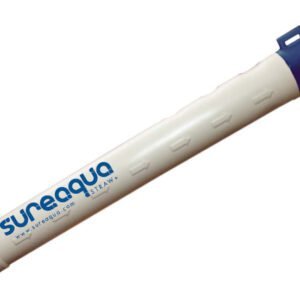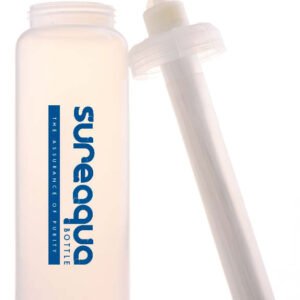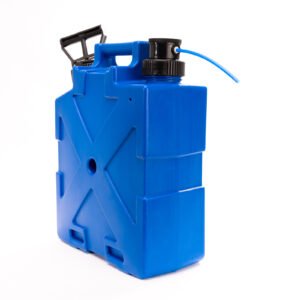Moving away from the harmful method of cleaning water of iodine and chlorine as chemical purifying agents, many of the major water purification companies now use chlorine dioxide disinfection in order to purify water.
Chlorine dioxide disinfection is primarily used as an industrial bleaching product. As a disinfectant, chlorine dioxide disinfection is used in ammonia plants, oil fields, textiles, electronics and even medical wastes. In the food industry, chlorine dioxide disinfection is beginning to be used to disinfect fruit, vegetable and poultry and food processing equipment.
Some of the major brands use chlorine dioxide disinfection to purify. Chlorine dioxide disinfection water purification tablets take a relatively long time to take effect: most are between 30 minutes and 2 hours. As a method of personal water purification, carbon dioxide disinfection isn’t a great option. However, if for some reason you need to purify a large volume of water at one time, carbon dioxide disinfection tablets are relatively effective.
So, what are the pros and cons of carbon dioxide disinfection? On the plus side, carbon dioxide disinfection tablets are lightweight, so you can just shove them in your backpack and head off. However, carbon dioxide disinfection tablets don’t provide any method of carrying water, so they’re less portable and useful than they seem.
Scientists are divided about the use of chemicals like carbon dioxide disinfection to purify water. Some say it’s entirely safe, whereas other argue it’s better to avoid them if possible. Essentially, carbon dioxide disinfection is better than nothing. In small doses, if you are not relying on carbon dioxide disinfection as the primary method of water purification, you’re unlikely to experience adverse health effects.
However, if you ingest too much chlorine dioxide you are liable to have pain in the nose and throat, coughing, chest pain and eye sensitivity, especially around bright lights. Worse still, according to the Australian government extremely high exposure to chlorine dioxide can cause pulmonary oedema, which is a severe, life threatening illness caused by fluid in the lungs.
Chlorine dioxide disinfection is used more and more frequently in place of other chemicals that purify water such as chlorine and iodine. However, according to the World Health Organization ‘the toxicity of chlorine dioxide and its by-products, such as chlorite, limits the use of this disinfectant because the amount of toxic by-products is difficult to control or measure’.
The World Health Organization goes on to explain the producing carbon dioxide disinfection from sodium chlorite and acid is very expensive when compared to chlorine, which as a natural element is free.
So essentially, we know that chemical interference with a life-essential such as water is best avoided.
However, many people still keep carbon dioxide disinfection for disaster preparedness. Due to their size and weight, it seems to make sense. Nevertheless, even in emergencies there are usually better ways to purity water, so long as you are prepared. A water bottle like the Sure Aqua Bottle is far more practical as it can store water, there is no waiting time and there are no chemicals involved.




